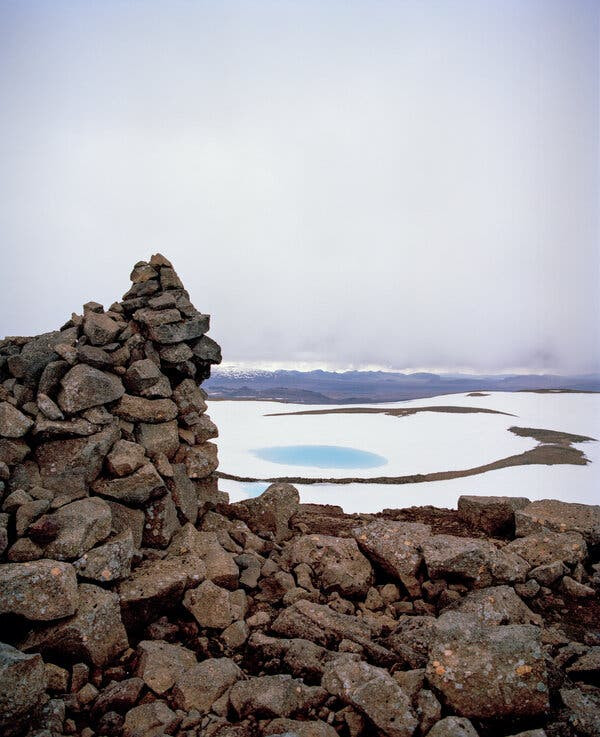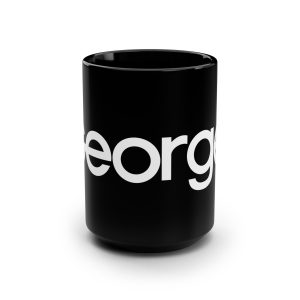
The geology of Iceland has always been on the move. The island sits on the Mid-Atlantic Ridge, a long underwater mountain range that is also the boundary between two diverging tectonic plates, and eruptions are common, often leaving behind vast lava fields and ash layers. These changes can be deceiving. You can swim in Viti, a volcanic crater, or visit Lake Askja and feel like you are surrounded by something that is millions of years old, but both are younger than the Brooklyn Bridge.
Nature’s creativity has meant that the Icelandic language must also be nimble, and for centuries the language and landscape have been in dialogue. Nature makes something new, a mountain, a lava field, even a new island, which requires a name. The habit is often to say what we see — a tendency that can sound quite basic in translation. Eldfell mountain was formed in a volcanic eruption in 1973; its name means fire mountain. Other times we’re more poetic, like with Surtsey, a new island formed in 1963, which takes its name from the fire giant Surtur in Norse mythology.

Those names, in turn, influence the language. For example, the word “fuglabjarg,” Icelandic for “birdcliff,” is both a word and a metaphor. As a word, it is the name for a cliff where sea birds lay their nests. On one cliff you could have hundreds of thousands, maybe millions of seabirds — guillemots, razorbills, puffins and gulls. Seabirds are no songbirds, and the screeching, screaming, yeeking and honking made these places one of the noisiest places in Iceland. That’s why in Icelandic, “fuglabjarg” can also be used to describe a loud gathering of people. As when I go to a large conference and send a text message to my wife: “This place is like a fuglabjarg.”
The trouble with getting used to a landscape that changes so quickly is that you can become blind to a new pace of change — one that is not normal. As the oceans warm and some of the food sources fail, on some of the fuglabjargs the nesting bird population has decreased significantly. And so, of course, have the sound levels.
Sometimes I wonder if I will live to witness the moment when fuglabjarg becomes a metaphor for silence.



![[GOOD PRESS] ON[GOOD PRESS] ON](https://georgemagazine.com/wp-content/uploads/2024/08/16389056566437433941_2048-300x300.jpeg)